Disclosure: This article contains affiliate links. We may earn a commission from purchases at no extra cost to you, which helps our travel content.
Standing atop Borobudur at dawn, watching the first rays of sunlight pierce through the morning mist and illuminate hundreds of Buddha statues, I was reminded of how justice emerges from obscurity—gradually revealing truth in all its complexity. As a judge who first discovered Indonesia's volcanic landscapes during a soul-searching sabbatical years ago, returning to Yogyakarta feels like revisiting the courtroom where my perspective on balance and harmony was forever altered. This ancient Javanese city, affectionately called 'Jogja' by locals, serves as the cultural and spiritual heart of Java, housing temple complexes that rival Cambodia's Angkor Wat in historical significance yet remain blissfully less crowded. Whether you're drawn to profound spiritual experiences, architectural marvels, or simply seeking to understand how ancient civilizations approached the delicate balance of power and devotion, Yogyakarta's temple treasures offer couples an unparalleled journey through Indonesia's rich cultural heritage.
Borobudur: The Cosmic Mountain of Enlightenment
Borobudur stands as both witness and testament to human devotion—a 9th-century masterpiece that, like the most carefully crafted legal precedents, has withstood the erosion of time and shifting cultural tides. This UNESCO World Heritage site isn't merely a temple; it's a three-dimensional mandala, a cosmic map of Buddhist cosmology carved in volcanic stone.
My recommendation is unequivocal: arrive before dawn. This isn't merely for avoiding crowds or midday heat—though both are practical concerns—but because experiencing Borobudur's awakening mirrors the enlightenment journey the structure itself represents. As my partner and I climbed the narrow stone steps in pre-dawn darkness last April, I was struck by how the temple seemed to hold its breath in anticipation.
The temple's design follows Buddhist cosmology with remarkable precision—its base represents the world of desires, the middle levels symbolize the transition toward enlightenment, and the upper circular platforms with their latticed stupas contain Buddha statues representing nirvana. Moving through these levels, I found myself drawing parallels to how we navigate our own moral hierarchies, from base instincts to higher reasoning.
For photography enthusiasts, I found my travel tripod essential for capturing those magical low-light moments as the sun's first rays illuminate the stupas. The temple's intricate relief panels—all 2,672 of them—tell stories that deserve careful documentation, and the stable platform makes all the difference when working with challenging lighting conditions.
After exploring the main structure, don't miss the often-overlooked Mendut and Pawon temples nearby, which form an ancient processional route with Borobudur. These smaller sites offer a more intimate experience and are crucial to understanding the complete spiritual landscape.
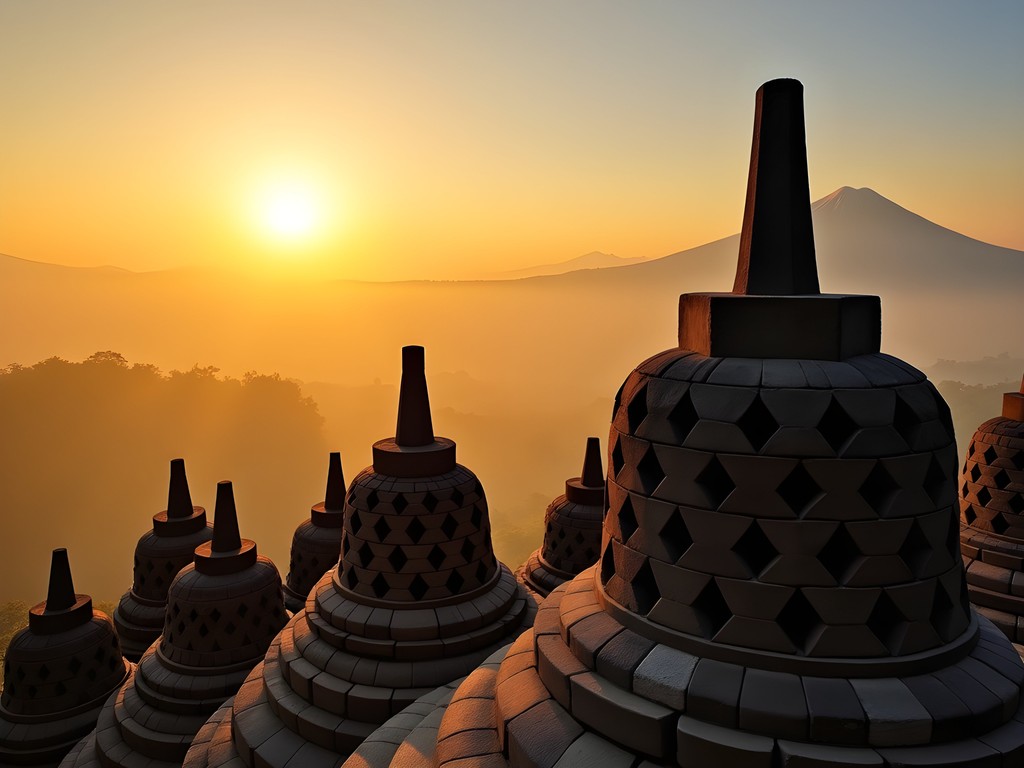
💡 Pro Tips
- Purchase the special sunrise ticket at least one day in advance as they're limited and sell out quickly
- Bring layers as mornings can be surprisingly cool, even in tropical Indonesia
- Hire a local guide for deeper insights into the relief carvings—their narratives add tremendous value to the experience
Prambanan: A Testament to Hindu Devotion
If Borobudur represents the mountain in Buddhist cosmology, then Prambanan embodies the sea—a collection of soaring Hindu temples whose spires reach toward the heavens like waves frozen in stone. Built around the same period as Borobudur but dedicated to the Trimurti of Hindu deities, this complex offers a fascinating counterpoint in architectural philosophy and spiritual expression.
During my most recent visit, I spent a full afternoon exploring Prambanan's main temples dedicated to Shiva, Vishnu, and Brahma. What struck me most was how the complex embodies principles of balance and proportion that feel almost judicial in their precision. The central Shiva temple, standing at 47 meters tall, commands the space like a chief justice presides over a court—the ultimate authority surrounded by supporting structures.
The narrative reliefs carved along the temple walls tell the Ramayana epic with remarkable detail. I found myself drawing parallels between these ancient stories of moral dilemmas and the complex cases that cross my bench in Bangalore. Both require careful interpretation of precedent, context, and human nature.
For couples, Prambanan offers particularly romantic sunset opportunities. As the late afternoon light bathes the temples in golden hues, the stone seems to come alive with warmth. I recommend finding a quiet spot among the smaller shrines away from the main compounds—these intimate spaces allow for reflection and connection that the busier central areas sometimes don't permit.
To truly appreciate both the grand scale and minute details of Prambanan, a good pair of compact binoculars proves invaluable. The intricate carvings high on the temple spires tell stories that are easily missed without magnification, and scanning the entire complex from various vantage points reveals architectural relationships not apparent at first glance.
Don't miss the smaller Sewu temple complex just north of the main Prambanan site—it's often overlooked by visitors but offers a more peaceful experience with equally impressive craftsmanship.
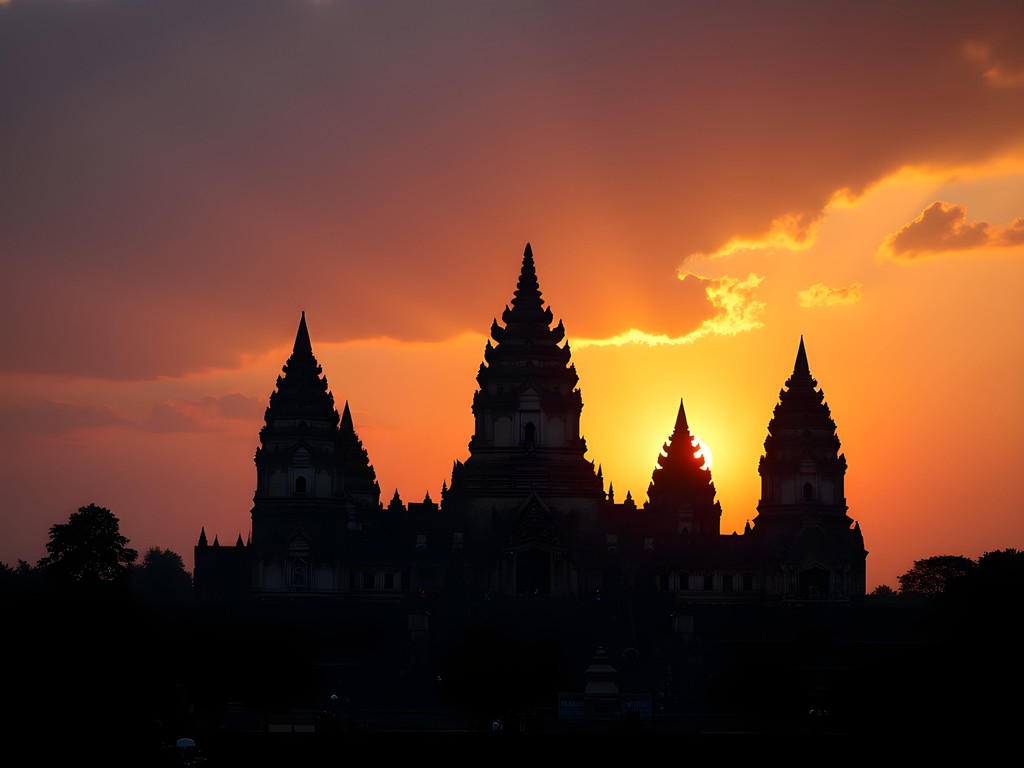
💡 Pro Tips
- Visit late afternoon when the light is most flattering for photography and the day crowds have thinned
- Stay for the Ramayana Ballet performances held on the outdoor stage with the illuminated temples as backdrop (check schedule as they don't run daily)
- Consider the combined ticket that includes both Prambanan and nearby Ratu Boko palace ruins for a more complete historical experience
Hidden Gems: Beyond the Major Temples
While Borobudur and Prambanan rightfully command attention, Yogyakarta's surrounding landscapes conceal lesser-known temples that offer equally meaningful experiences without the crowds. These sites function much like the overlooked precedents in legal research—less frequently cited but often containing the most nuanced insights.
Candi Plaosan, located just northeast of Prambanan, became my unexpected favorite during my last visit. This twin complex of Buddhist temples presents a fascinating study in religious coexistence, as its inscriptions suggest it was built by a Hindu king for his Buddhist wife. The intimate scale and exquisite detail of its reliefs create an atmosphere of contemplation that larger sites sometimes lack.
For couples seeking solitude, Candi Ijo offers perhaps the most romantic setting of all Yogyakarta's temples. Perched atop a hill overlooking the city, this small Hindu complex requires a moderate hike but rewards visitors with breathtaking panoramic views and often complete privacy. My partner and I spent a memorable afternoon here, discussing how different cultures create sacred spaces that somehow evoke the same sense of reverence despite diverse theological frameworks.
Candi Sambisari presents another fascinating case study—a temple completely buried by volcanic ash for centuries until its accidental discovery by a farmer in 1966. Now excavated, it sits several meters below the surrounding ground level, creating the unique experience of descending into history rather than climbing toward it. The symbolism wasn't lost on me—how truth and justice sometimes require excavation from layers of obscuring circumstance.
For these off-the-beaten-path explorations, I relied heavily on my guidebook which provided historical context often missing from on-site information. While digital resources are plentiful, having comprehensive offline information proved invaluable when exploring areas with spotty cellular coverage.
To efficiently visit these dispersed sites, consider hiring a local driver for the day rather than relying on app-based transportation. Not only does this support the local economy more directly, but drivers often share personal insights about the temples and surrounding communities that no guidebook can provide.
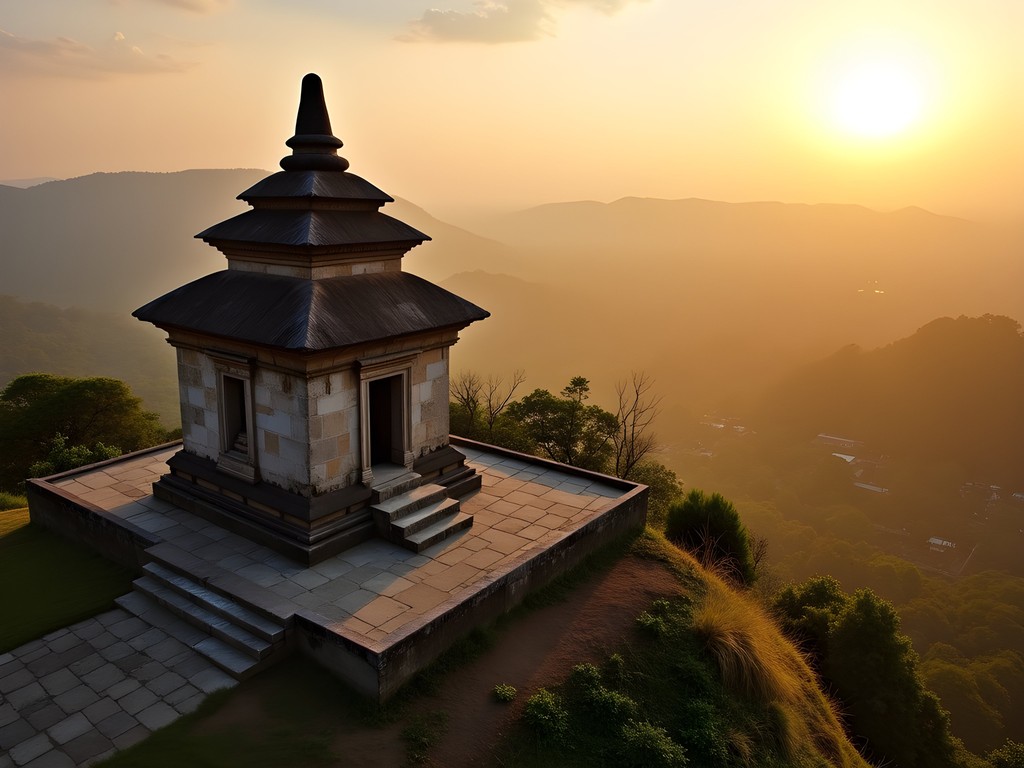
💡 Pro Tips
- Visit Candi Ijo late afternoon when the light is softest and most visitors have departed
- Bring appropriate clothing for temple visits even to minor sites—sarongs are sometimes required and not always provided at smaller temples
- Combine Candi Sambisari with a visit to nearby traditional silver workshops in Kotagede for a balanced day of culture and craftsmanship
Cultural Context: Connecting Temples to Living Traditions
What distinguishes Yogyakarta's temple experience from many other archaeological wonders is that these aren't merely preserved ruins—they remain connected to living cultural traditions. This continuity mirrors what I find most compelling about legal systems: how ancient principles adapt to contemporary circumstances while maintaining their essential character.
The Sultan's Palace (Kraton) in central Yogyakarta serves as the perfect bridge between ancient and modern. Still functioning as both royal residence and cultural center, it houses artifacts that help contextualize the temple architecture you'll encounter. I spent a fascinating morning observing a gamelan performance within the palace grounds, the same musical tradition depicted in Borobudur's reliefs over a millennium ago.
For couples seeking deeper understanding, I highly recommend visiting during one of Yogyakarta's many cultural festivals. I was fortunate to witness the Sekaten ceremony celebrating the birth of Prophet Muhammad, which included processions that followed ancient routes connecting the palace to former temple sites—a beautiful example of how Indonesia's syncretic culture has integrated multiple religious traditions.
The village of Candirejo near Borobudur offers another dimension of cultural context through community-based tourism. Here, local guides demonstrate traditional crafts and agricultural practices that have remained largely unchanged since the temple-building era. My partner and I participated in a cooking class using clay pots similar to those depicted in temple reliefs, creating a tangible connection to ancient foodways.
For navigating Yogyakarta's cultural landscape, I found a reliable language translation app invaluable. While many people in tourism speak English, being able to understand signage and communicate with elders in more traditional communities added tremendous depth to our experience. The app's camera translation feature proved particularly useful for deciphering museum exhibits and historical markers with limited English translations.
To truly appreciate the living heritage surrounding these temples, consider staying at least one night in a traditional homestay rather than a conventional hotel. These family-run accommodations often feature traditional Javanese architecture and provide organic connections to local communities that larger establishments simply cannot offer.

💡 Pro Tips
- Check the Kraton schedule in advance as different cultural performances occur on specific days of the week
- When visiting villages, bring small gifts like fruit or school supplies rather than money—this establishes more respectful relationships
- Learn a few basic Indonesian phrases beyond the standard greetings—even simple efforts at communication are deeply appreciated
Practical Planning: Crafting Your Temple Journey
Approaching a visit to Yogyakarta's temples requires the same careful preparation as building a legal case—thorough research, strategic timing, and thoughtful allocation of resources. After multiple visits to the region, I've developed a framework that maximizes both efficiency and meaningful experience.
I recommend basing yourself in Yogyakarta city for convenience, but choosing accommodations strategically based on your priorities. For those focused primarily on Borobudur, the Magelang area offers proximity to the temple for sunrise visits without pre-dawn transportation concerns. Meanwhile, staying in the eastern part of Yogyakarta puts you closer to Prambanan and the lesser-known temples in that direction.
For a one-week itinerary, I suggest the following rhythm: dedicate your first full day to Borobudur, arriving for sunrise and returning in late afternoon for a different perspective. Use your second day to explore nearby villages and smaller temples like Mendut and Pawon. Dedicate day three to Prambanan, including the evening Ramayana ballet if available. Days four and five can focus on the lesser-known temples and cultural sites, while keeping days six and seven flexible for revisiting favorites or exploring the city itself.
Transportation logistics require careful consideration. While ride-hailing apps operate in Yogyakarta city, they're less reliable in temple areas. For our most recent visit, we arranged a private driver through our accommodation for temple-focused days, which proved both cost-effective and enriching as our driver shared local perspectives we wouldn't have gained otherwise.
For temple explorations, comfortable footwear is non-negotiable. My hiking sandals proved perfect for navigating uneven stone surfaces while remaining cool in the tropical climate and easy to remove when entering sacred spaces that require bare feet.
Finally, respect for these sacred sites must guide your visit. Beyond the obvious rules about appropriate attire and behavior, I approach these spaces with the same reverence I bring to my courtroom—as places where human understanding of order, harmony, and transcendence takes tangible form. This mindset transforms temple-hopping from mere sightseeing into a genuinely enriching experience that couples can share and discuss for years to come.
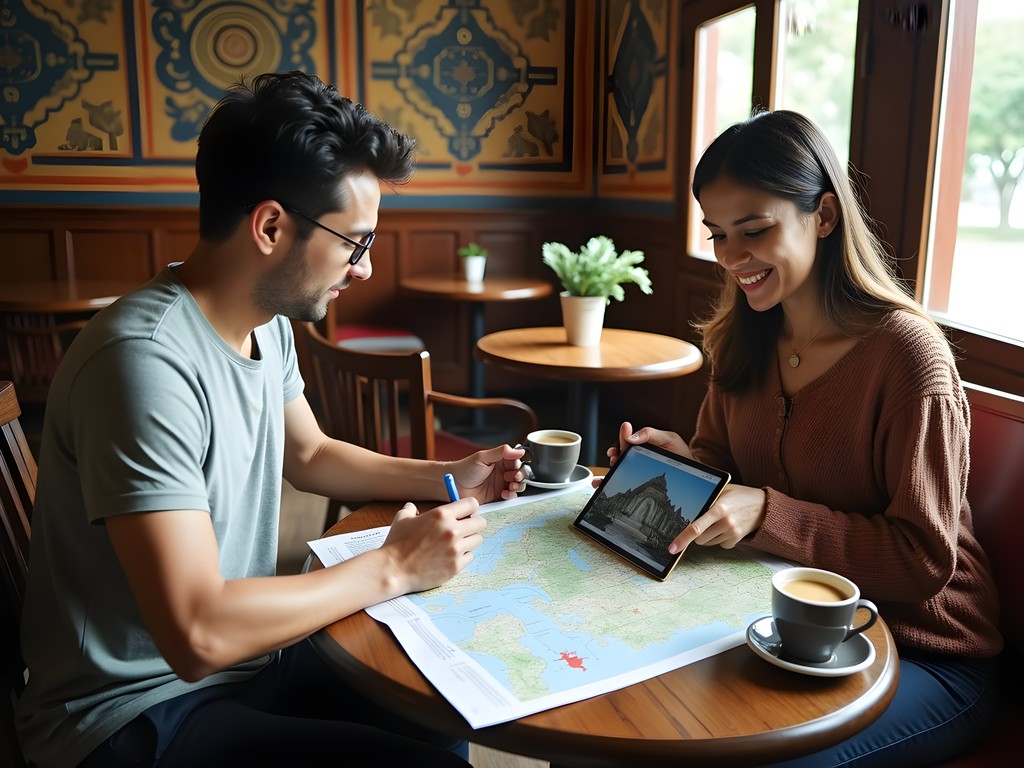
💡 Pro Tips
- Purchase the Borobudur-Prambanan combined ticket for significant savings if you plan to visit both major complexes
- Carry a sarong in your daypack even if wearing long pants—specific temples may have varying dress requirements
- Schedule at least one completely unstructured day to follow unexpected recommendations from locals or other travelers
Final Thoughts
As I stood in the shadow of Prambanan's towering spires on my final evening in Yogyakarta, I reflected on how these ancient temples mirror the principles I strive to uphold in my courtroom—balance, proportion, and the careful weighing of competing forces. These stone monuments have weathered volcanic eruptions, earthquakes, religious shifts, and colonial occupation, yet they remain standing—a testament to enduring truth and the human capacity for creating meaning. For couples seeking more than a typical vacation, Yogyakarta's temple treasures offer a shared journey through layers of history, spirituality, and cultural expression that inevitably prompts deeper conversation about what we value and how we express it. Whether you're dawn-chasing at Borobudur, deciphering ancient narratives at Prambanan, or discovering hidden gems like Candi Ijo, these experiences connect us not only to ancient civilizations but to each other—perhaps the most valuable discovery of all.
✨ Key Takeaways
- Plan for sunrise at Borobudur and sunset at Prambanan for optimal experiences
- Look beyond the main temples to discover less-visited sites with equally profound significance
- Connect temple visits with living cultural traditions through performances, workshops, and community tourism
- Allow time for reflection and discussion—these sites prompt meaningful conversations that enhance the couple's shared experience
📋 Practical Information
Best Time to Visit
year-round, with May-September offering the most reliable dry season
Budget Estimate
$50-100 per day per person (excluding international flights)
Recommended Duration
5-7 days
Difficulty Level
Beginner

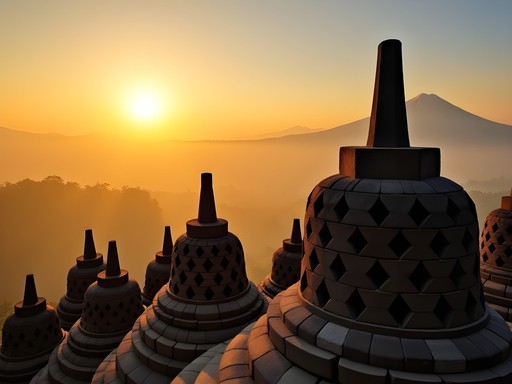
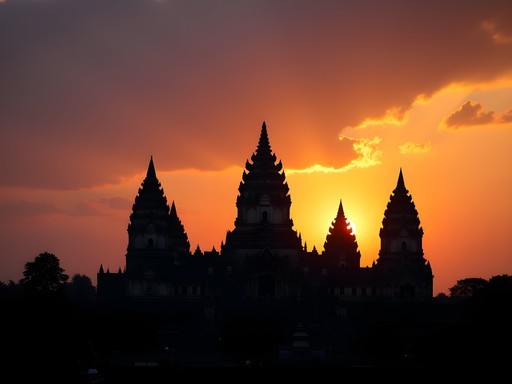
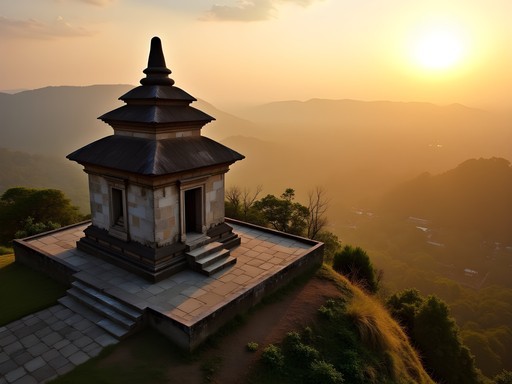
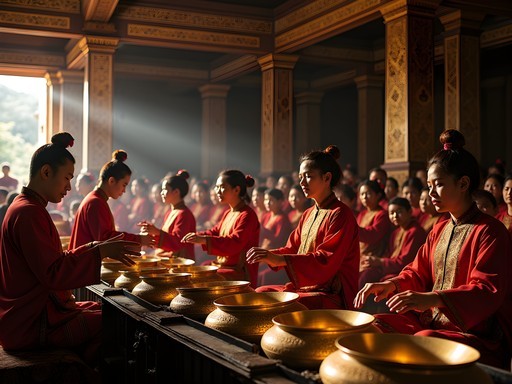
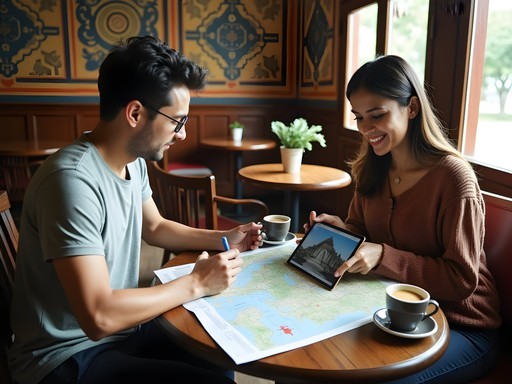









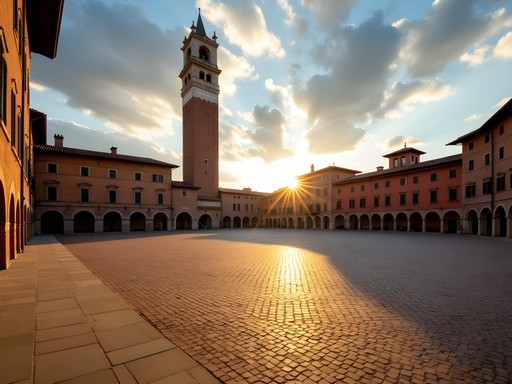
Comments
templehopper
Your photo of the Buddha statues in the morning mist is incredible! Definitely bucket list material.
Ana Moore
Thanks templehopper! That moment was truly magical - worth every minute of sleep lost!
worldtrekker92
Great post! One tip for anyone visiting during rainy season (Nov-March): bring a good rain jacket and waterproof bag cover. Got caught in a downpour at Prambanan and my camera gear would have been ruined without protection. The temples are still amazing in the rain though - fewer tourists!
sunnyblogger
OMG your sunrise photos at Borobudur are STUNNING!!! 😍 I'm going to Yogyakarta next month and I'm so excited!! Did you use public transportation to get between temples or hire a driver? Any recommendations on which temple to visit first?
beachlegend
Not Ana, but when I went, we hired a driver for the day - cost about 500,000 IDR and was totally worth it in the heat. Start with Borobudur at sunrise, then hit Prambanan later when the light is good for photos!
Ana Moore
Thanks sunnyblogger! I actually did both - hired a driver for the sunrise Borobudur visit (essential since it's so early) but used the TransJogja bus system for getting around the city itself. It's super affordable and relatively easy to navigate with Google Maps. And I agree with beachlegend's suggestion - Borobudur first, then Prambanan. Don't miss the smaller temples like Plaosan if you have time!
sunnyblogger
Thank you both! Just booked my sunrise tour and adding Plaosan to my list now. So excited!!!! 🤩
Megan Martin
Ana, your post brought back so many memories! I visited these temples last year during a business trip extension and was equally mesmerized. One thing I'd add for readers - the humidity around Borobudur can be intense, especially after climbing all those levels. I found having a microfiber towel and plenty of water essential. Did you manage to visit any of the smaller temples in the Prambanan complex? Sewu was surprisingly empty when I went and absolutely worth the extra walking.
Ana Moore
Thanks Megan! Yes, the humidity is no joke - good call on the microfiber towel. I did visit Sewu and loved how peaceful it was compared to the main complex. Did you hire a guide or explore on your own?
Megan Martin
I hired a local guide named Pak Budi who was incredibly knowledgeable about the Hindu-Buddhist history of the region. Made all the difference in understanding the symbolism. He also showed me a small local warung for lunch that had the best gudeg I've ever tasted!
beachlegend
Great post! What time did you have to arrive at Borobudur to catch that amazing sunrise? Planning my trip for January and wondering if it's worth the early wake-up call.
Ana Moore
Thanks beachlegend! I arrived around 4:30am - and yes, 100% worth the early wake-up! The sunrise ticket costs more but includes breakfast after. Pro tip: bring a flashlight for climbing the stairs in the dark!
beachlegend
Awesome, thanks for the tip about the flashlight! Adding that to my packing list now.
tripwalker
Just got back from Yogyakarta and your guide was spot on! One tip to add - we visited Prambanan around 3pm and had much smaller crowds than the morning groups. The afternoon light also makes for better photos of the eastern facades. Don't skip the smaller temples in the Prambanan complex either - Candi Sewu was almost empty and just as impressive!
Ana Moore
Great tip about the afternoon visit! And yes, Candi Sewu is such a hidden gem. Did you manage to catch any of the cultural performances while you were there?
exploremood
Having visited both Borobudur and Prambanan multiple times, I think you captured their essence beautifully. One tip for those planning to visit: the combined ticket for both temples offers good savings, but note that it's valid for 2 days only. Also, the lesser-known Ratu Boko ruins just 3km from Prambanan are spectacular at sunset and much less crowded. They're built on a plateau with amazing views of Prambanan and even Merapi volcano on clear days. Don't skip the 'hidden gems' section of Ana's guide - those smaller temples really do provide a more intimate experience!
Adam Nichols
Excellent analysis of the architectural symbolism at Borobudur, Ana. Many visitors miss the fact that the temple is actually a massive mandala representing Buddhist cosmology. I spent three days studying the relief panels chronologically and it completely transformed my understanding of the site. For those interested in the historical context, the temple was abandoned for centuries after volcanic eruptions and jungle growth covered it - only rediscovered in 1814 by Sir Stamford Raffles. The restoration work is a fascinating story in itself.
tripwalker
Adam - did you use a particular book or resource to understand the relief panels? I'm going next month and would love to appreciate them properly.
Adam Nichols
I found 'The Path to Enlightenment' by John Miksic incredibly helpful. Most hotel libraries in Yogyakarta have a copy you can borrow. Also, the small museum at the Borobudur site has excellent explanations in English.
oceanway
We did the public transportation to both temples last month and it was surprisingly easy! The local bus to Borobudur was actually a great way to see the countryside. Just make sure to leave early to avoid the midday heat. The temple pass that covers both sites saved us some money too.
hikingbackpacker
First time visitor here! Is it better to hire a guide at Prambanan or just explore on your own? And how much time should I allow for both main temples?
Adam Nichols
I'd recommend a guide at Prambanan - the Hindu mythology depicted there is complex and fascinating when explained properly. For timing, I'd suggest 3-4 hours for Borobudur (especially if doing sunrise) and 2-3 hours for Prambanan. If you're really into photography, add an extra hour to each. I used my audio guide as backup which was helpful for the smaller temples where guides aren't always available.
hikingbackpacker
Thanks Adam! That's really helpful. Will definitely book a guide for Prambanan then.
Venture X
Premium card with 2X miles, $300 travel credit, Priority Pass